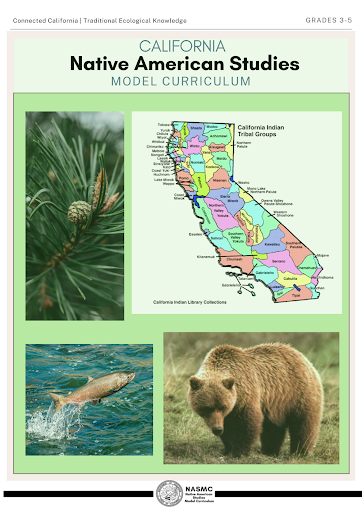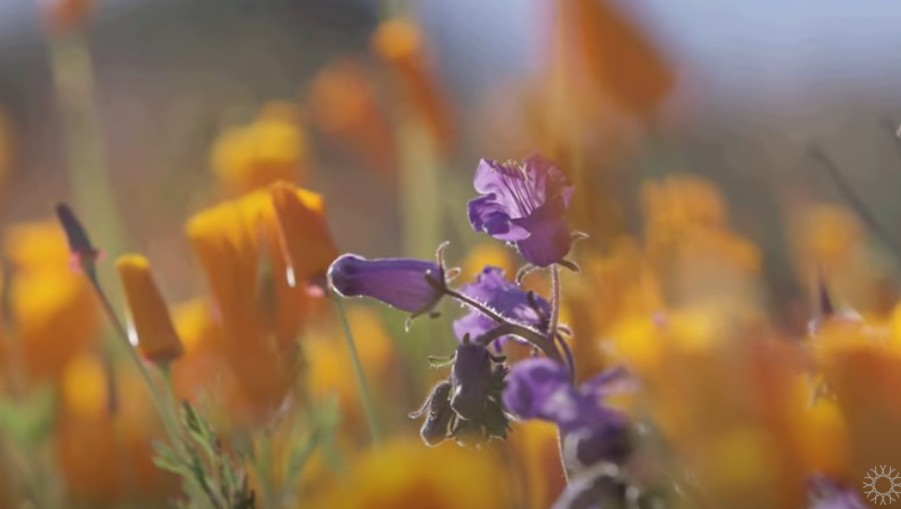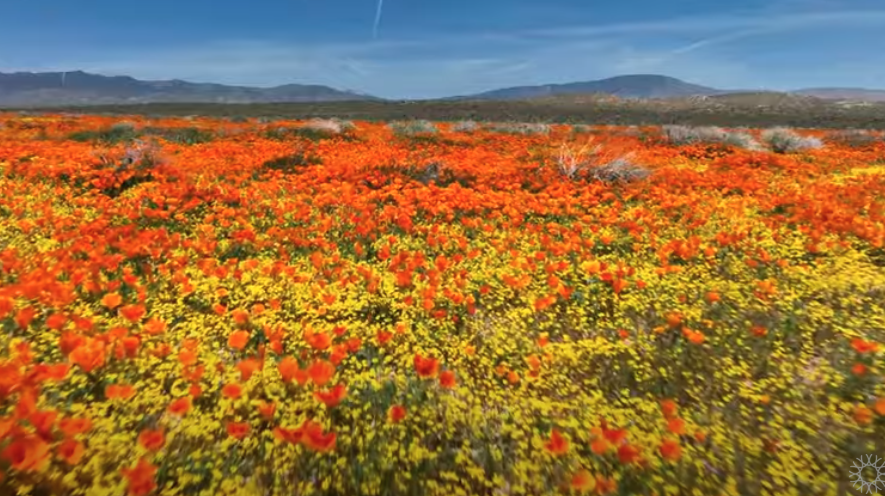Overview
Desert Superblooms

Authors: The Connected California: Cahuilla Unit was researched, authored, and edited by the California Indian Museum and Cultural Center, California Indian Education for All, and the San Diego County Office of Education. Additionally the videos from this unit come from the California Academy of Sciences. The California Academy of Sciences is a renowned scientific and educational institution dedicated to regenerating the natural world through science, learning, and collaboration. Based in San Francisco’s Golden Gate Park, it's the only place in the world to house an aquarium, planetarium, rainforest, and natural history museum—plus cutting-edge research programs—all under one living roof. The unit resources were designed and created from funding through the California Department of Education’s Native American Studies Model Curriculum grant and contract.


Connected California: Cahuilla Unit (Lesson 6 of 6)
- Lesson 1 : This Land is Part of Us
- Lesson 2 : Coastal Human-Environmental Connections
- Lesson 3 : Defending Dark Skies
- Lesson 4 : Restoring the Desert Ecosystem
- Lesson 5 : Ancestral Connections to the Desert
- Lesson 6 : Desert Superblooms
Grades: 3-5
Suggested Amount of Time: 60 minutes
Curriculum Themes:
- History
- Relationship to Place
- Cross Curricular Integration
Lesson Highlights
- Students study the science behind desert superblooms and their ecological roles.
- They explore how climate change could affect bloom frequency and biodiversity.
- The lesson includes a student research activity, concept mapping, and creative expression to demonstrate understanding and advocacy.
Learning Objectives
- Understand the conditions that lead to desert superblooms.
- Recognize the ecological importance of superblooms in desert ecosystems.
- Discuss the potential impacts of climate change on the frequency and intensity of superblooms.
Teacher Background
Essential Understandings of California Indian History and Culture
Essential Understanding 1: Great Diversity Among Tribes (EU1 Video) https://bit.ly/NASMC_EU1
Essential Understanding 2: Diversity Among Identity (EU2 Video) https://bit.ly/NASMC_EU2
Essential Understanding 3: Native Traditional Beliefs (EU3 Video) https://bit.ly/NASMC_EU3
Essential Understanding 4: Policies that Affected Tribes (EU4 Video) https://bit.ly/NASMC_EU4
Essential Understanding 6: History from a California Indian Perspective (EU6 Video) https://bit.ly/NASMC_EU6
Unit Background
The Connected California: Cahuilla Unit is a rich, interdisciplinary educational experience that invites students in grades 3–5 to explore the interconnected relationships between Indigenous cultures, land, and ecosystems, with a focus on the Mojave Desert and coastal California environments. Developed by the California Indian Museum and Cultural Center, California Indian Education for All, and the San Diego County Office of Education, this unit is grounded in Indigenous knowledge systems and aligned with the California Native American Studies Model Curriculum. Through six engaging lessons, students examine the environmental, cultural, and scientific significance of land stewardship and sustainability from Native perspectives.
Each lesson is built around a compelling video story produced by the California Academy of Sciences, highlighting themes such as land loss and resilience, coastal human-environmental connections, dark sky conservation, desert ecosystem restoration, ancestral land preservation, and the science of desert superblooms. The unit emphasizes Indigenous values of respect, reciprocity, and reverence, and supports students in developing environmental literacy and cultural understanding. Using the 5E instructional model—Engage, Explore, Explain, Elaborate, Evaluate—students participate in discussions, collaborative projects, scientific inquiry, and creative reflection. By integrating science, social studies, English language arts, and civic learning, the Cahuilla Unit empowers students to think critically about ecological stewardship and their own role in sustaining the planet’s future. Each lesson is anchored by Native voices and encourages students to think critically, reflect deeply, and act responsibly as stewards of the natural world.
Core Themes:
History and sovereignty
Cultural strengths and Indigenous knowledge systems
Environmental relationships and stewardship
Science, civics, and ELA integration
Students will:
Analyze environmental impact on Indigenous communities and ecosystems.
Identify ways communities can sustainably interact with coastal ecosystems.
Analyze the impact of restoration efforts on preserving history and supporting ecosystems.
Understand the characteristics and importance of desert ecosystems.
Explore Indigenous cultural perspectives and the environment.
Evaluate solutions for balancing conservation and human needs.
Express learning through art, reflection, and collaborative discussion.